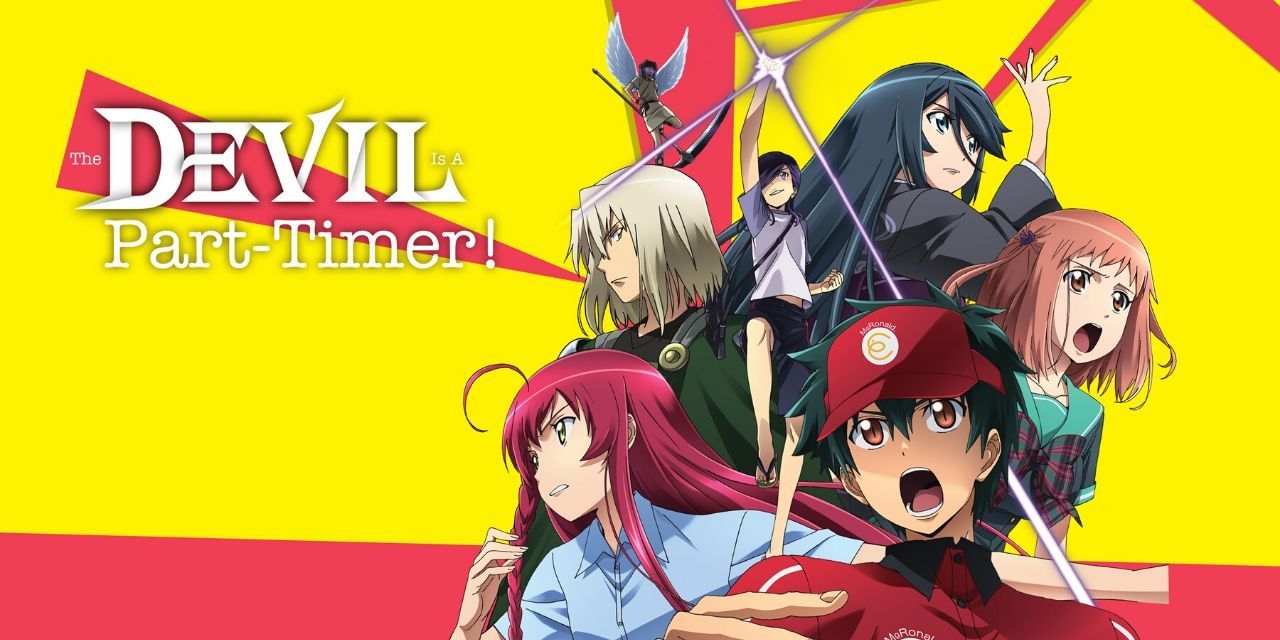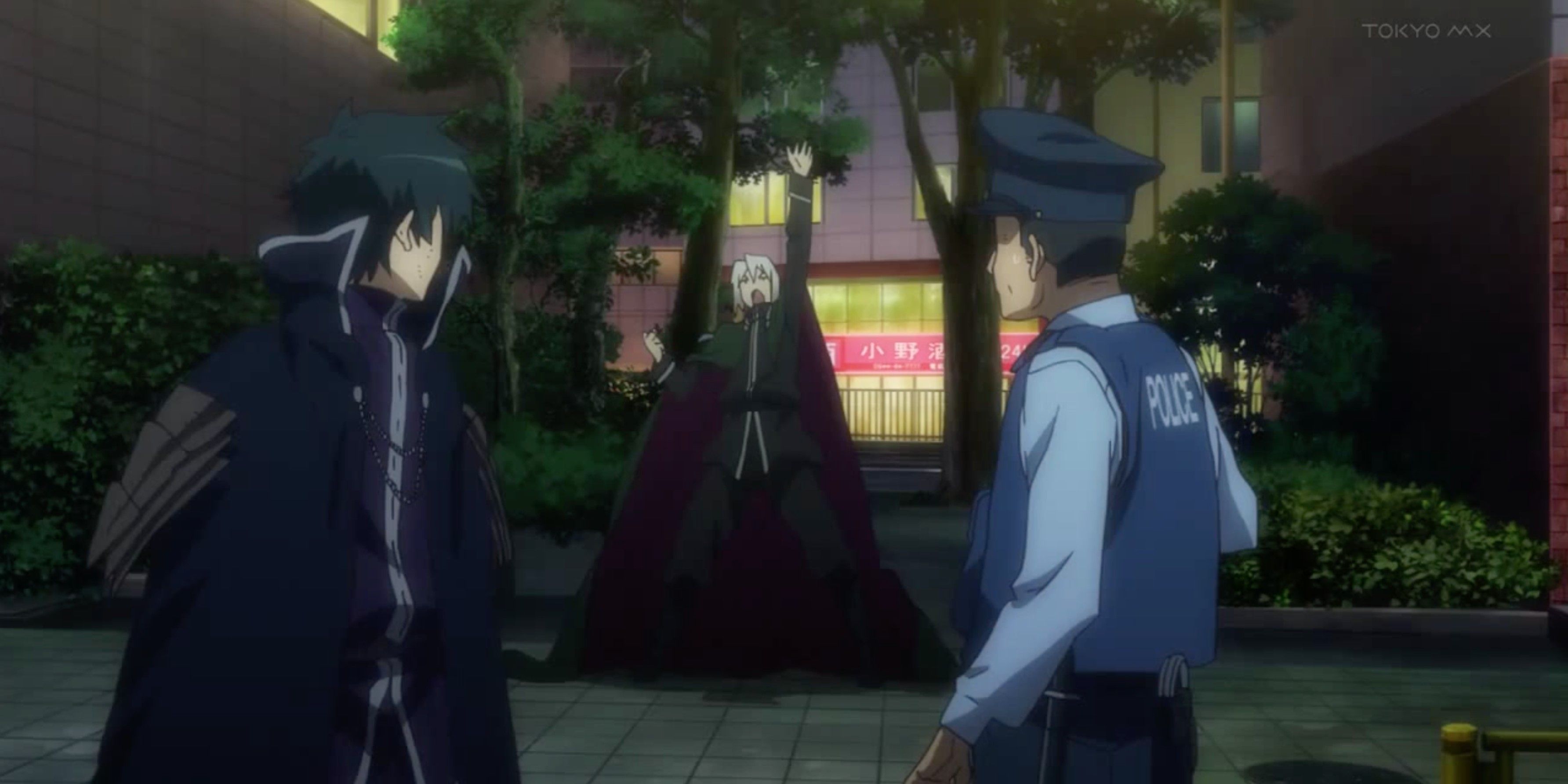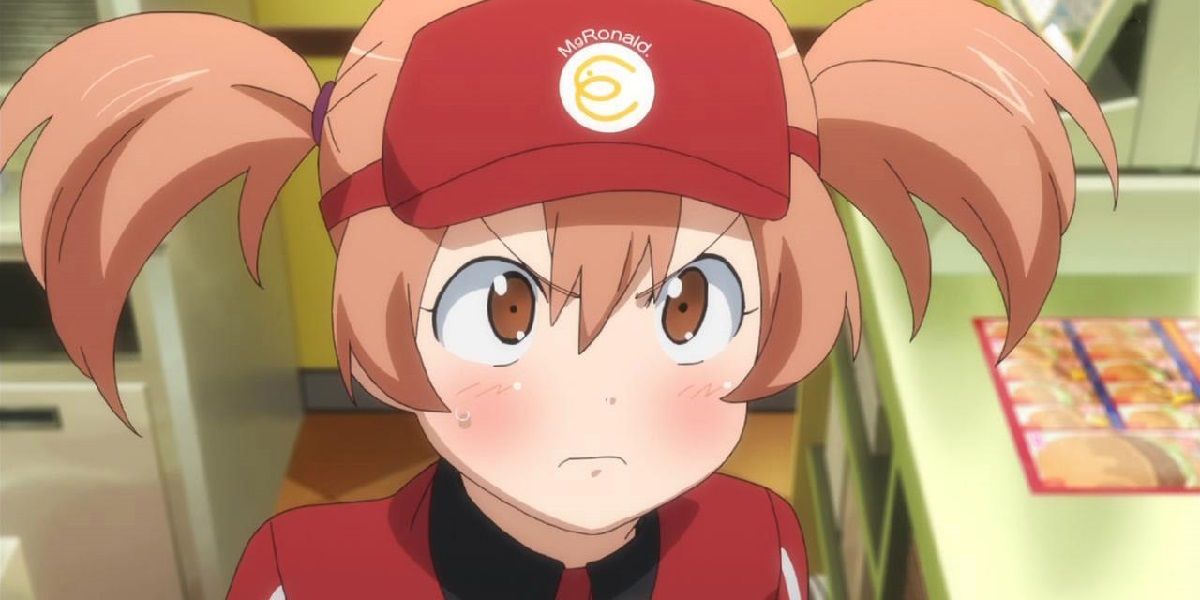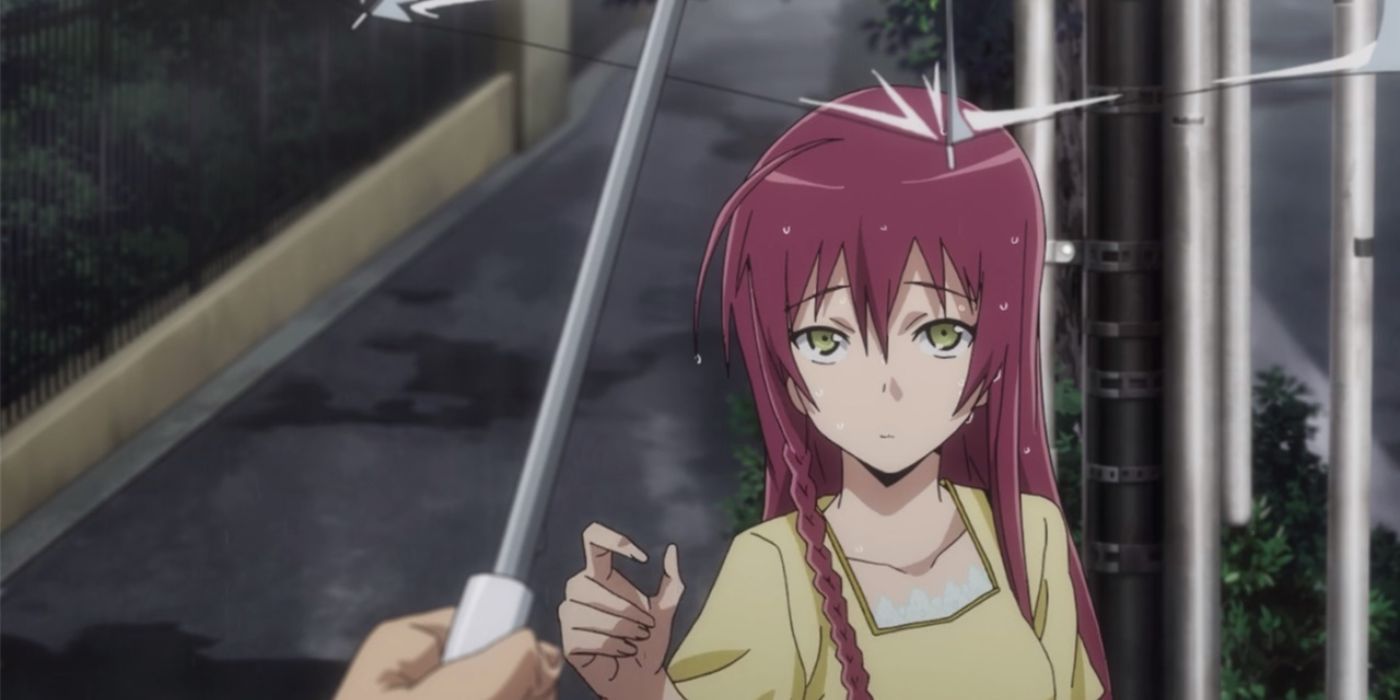After the runaway success of the initial The Devil Is a Part-Timer! (Hataraku Maou-sama!) anime, the news that the series would be getting a second season after nearly a decade was welcomed by fans. Season 1 was enormously popular when it first aired in 2013, and Season 2 promised to be a direct sequel that picked up right where the former left off.
However, now that it’s back, it’s evident that while The Devil Is a Part-Timer! is almost exactly the same show, it hasn’t aged particularly well in the nine years it’s been absent. The series is rife with problems and in some ways always has been -- it’s just that now, these are all the more obvious given the real-world time between seasons.
Reverse-Isekai Is No Longer Fresh
When The Devil Is a Part-Timer! burst onto the anime scene in 2013, both the genre of isekai as well its own subgenre, reverse-isekai, were still somewhat original. Sword Art Online, which helped to massively popularize isekai titles and take the term itself mainstream, had only come out in anime format the year before, so isekai shows weren’t quite yet a dime a dozen.
Meanwhile, reverse-isekai -- where otherworld characters are inadvertently transported to a contemporary setting, typically modern-day Japan -- was an even fresher concept. Most well-known reverse-isekai shows, including Isekai Izakaya, Dropkick on my Devil!, Restaurant to Another World, Gabriel Dropout, Re:Creators, and of course, fan favorites Hinamatsuri and Miss Kobayashi’s Dragon Maid, were still several years from being released, making The Devil Is a Part-Timer! relatively unique in terms of both plot and overall tone and style. Needless to say, this is no longer the case, with reverse-isekai being almost as ubiquitous now as its isekai counterpart.
The Fan Service Is Just as Cringe as It Was the First Time Around
While The Devil Is a Part-Timer! has admittedly always featured plenty of fan service, especially when it comes to the unfortunate Chiho, Season 2 has doubled down on this, with Chiho’s breast size being a staple of the series’ humor. This is of course by no means a problem only with The Devil Is a Part-Timer! -- anyone who’s watched even a few mainstream anime titles is likely to have been met with copious breast jokes, or possibly even characters who are little more than walking sex objects.
However, it doesn’t reflect well on The Devil Is a Part-Timer! that it continues to rely on this type of fan service for many of its laughs. Chiho’s personality is in no way impacted by the size of her bust -- it’s purely a visual gag for the sake of the anime’s viewers. Worse still, Chiho is a 16-year-old high school student, making the over-sexualization of her character -- on full display in the second season’s ending credits sequence -- tasteless at best and downright creepy at worst. Granted, Chiho isn’t the only character to be the target of unnecessary fan service in the series, but she certainly gets the brunt of it, and clearly, The Devil Is a Part-Timer! has failed to move past this.
The Characters Have Been Reduced Even More to One-Note Stereotypes
One of The Devil Is a Part-Timer!’s main problems the first time around was that despite its plentiful comedy in relation to Satan/Maou Sadao and Alciel/Ashiya Shiro’s fish-out-of-water experience, the anime pivoted to a more character and romance-focused narrative, with Emilia/Yusa Emi quickly developing feelings for Maou. This wasn’t just predictable; it also took away much of the show’s charm. By far the best episodes of Season 1 were the earliest ones that revolved around the previously formidable Maou and Ashiya attempting to now pay the rent or figuring out how to open a bank account. By bringing the romance subplot to the fore, the series became far more conventional and therefore far less appealing.
Moreover, the characters were never particularly complex or fascinating to begin with. This didn’t really matter at first, as the appeal was on their situation rather than their identities. However, because none of the characters ever change as people beyond the first couple of episodes (and then only on a surface level), placing the emphasis on them later doesn’t make for a very compelling story. Maou is almost a classic harem-style protagonist with his average-Joe appearance and kindhearted but bland persona, while Emi is a basic tsundere, with her reluctant crush on Maou being her main defining trait. None of the other characters fare much better, leaving the rapidly dwindling (non-fan service-related) comedy as the show’s biggest draw.
Overall, The Devil Is a Part-Timer! has changed very little between seasons, but although this is an excellent thing for its continuity, it’s a negative for the series as a whole because it now seems firmly stuck in the past. Season 2 isn’t really doing anything that the then-incredibly popular anime didn’t already present in Season 1, but its flaws are all the more obvious in 2022; both the medium of anime and its viewers have developed and moved on in several important ways, yet the show itself is either unwilling or unable to do so.




